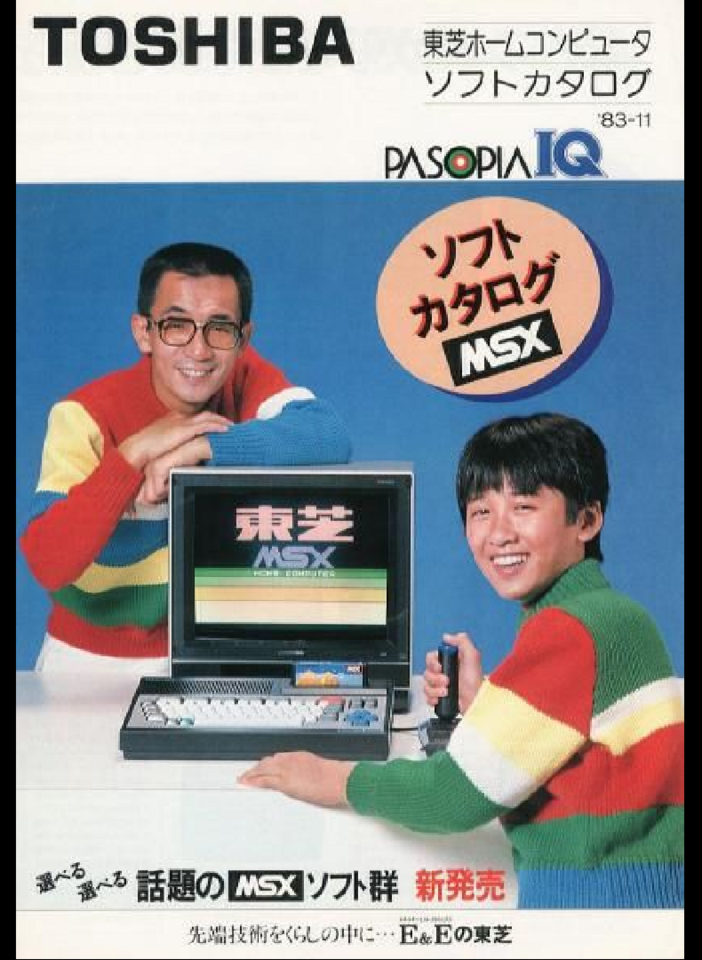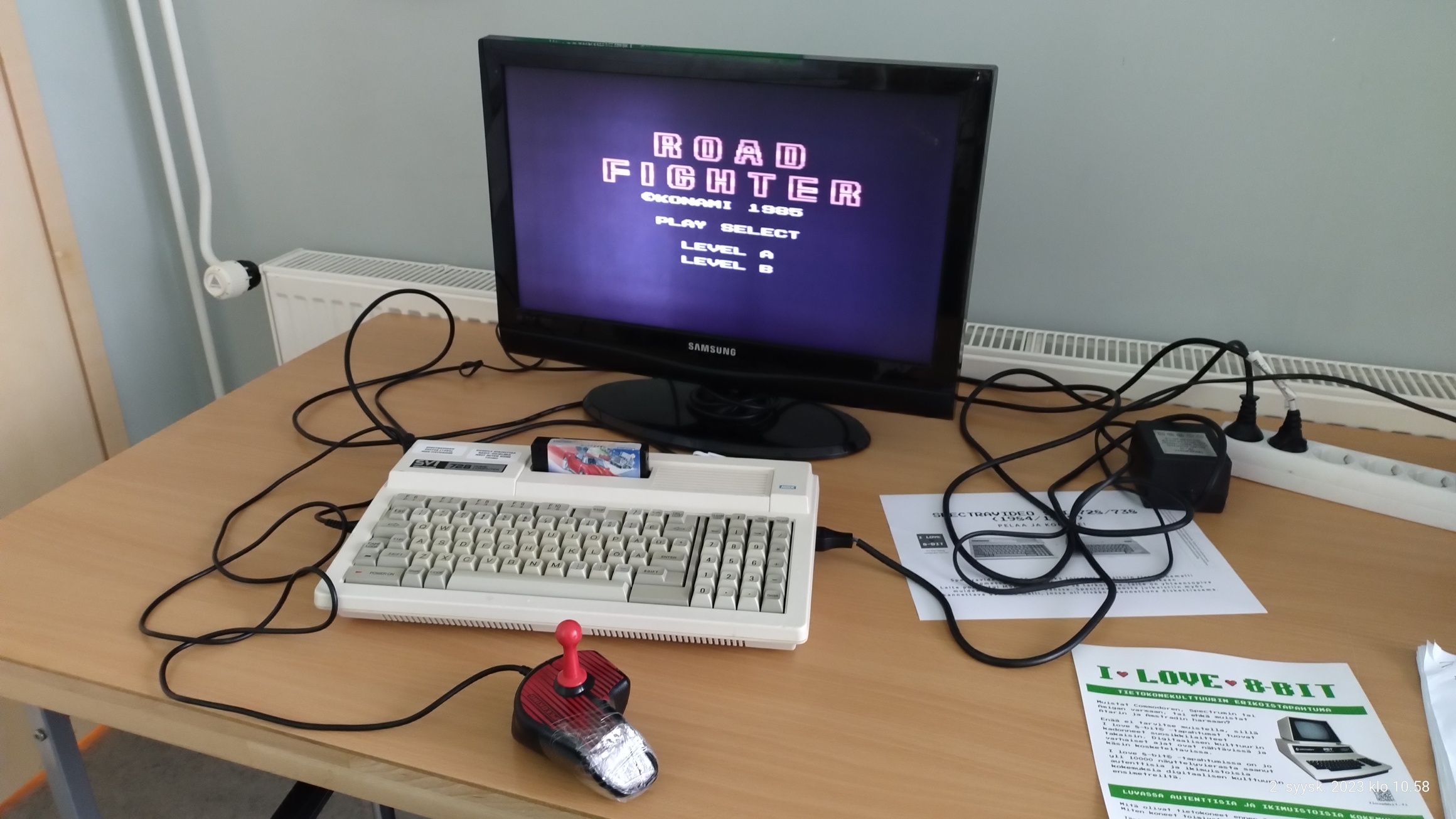Catalyst of Britain’s Home Computing Revolution:
ZX Spectrum
Released in 1982, the Sinclair ZX Spectrum quickly became one of the most influential home computers in history, particularly within the United Kingdom. Developed by Sinclair Research under the vision of Sir Clive Sinclair, the Spectrum was designed to be affordable, compact, and accessible to a wide audience. Its release marked a turning point in the home computing market, bridging the gap between hobbyist electronics kits and fully functional computers suitable for households. The ZX Spectrum’s influence extended far beyond hardware; it reshaped the British gaming industry, inspired a generation of programmers, and left an enduring cultural footprint that continues to resonate today. The ZX Spectrum was designed around the Zilog Z80A CPU, running at 3.5 MHz, and came in models with 16 KB or 48 KB of RAM. Its graphics were handled by a simple display system capable of 256×192 pixels with 15 colors, while sound was limited to a single-channel beeper. Despite these modest specifications, the Spectrum offered immense potential for creativity. Its built-in BASIC interpreter allowed users to program their own software, fostering computational literacy among a generation of British youth. The system’s affordability—often priced under £200—made it accessible to households that would otherwise have been unable to purchase a home computer, establishing it as a gateway to computing for countless students, hobbyists, and aspiring developers.
The ZX Spectrum’s most lasting impact is perhaps its role in gaming and software development. Its limited hardware inspired programmers to innovate, producing imaginative and technically impressive titles that maximized the system’s capabilities. Games like Manic Miner, Jet Set Willy, and Elite demonstrated that compelling gameplay and innovative design could compensate for graphical and sound limitations. The Spectrum’s success also fueled the growth of the UK video game industry, creating opportunities for small software houses, independent developers, and bedroom coders who would later become influential figures in the global gaming industry. By lowering the barrier to entry, the ZX Spectrum effectively democratized game development, giving rise to a vibrant and creative ecosystem that would leave a lasting legacy. Culturally, the ZX Spectrum became a symbol of British ingenuity and accessibility. It appeared in homes, schools, and hobbyist clubs, shaping the perception of computers as both tools and sources of entertainment. It introduced young people to programming, electronics, and problem-solving, embedding technical literacy into daily life. Magazines such as Your Sinclair and Crash provided reviews, programming tips, and tutorials, fostering a community of enthusiasts who shared knowledge and celebrated the platform. This cultural momentum helped establish computing as an integral part of British youth culture, influencing careers, hobbies, and leisure activities for decades to come. The ZX Spectrum also catalyzed the British computing industry in significant ways. Its commercial success encouraged the growth of domestic software houses and peripheral manufacturers, spurring innovation in both hardware and software. Companies like Ultimate Play the Game, later known as Rare, began as small developers for the Spectrum, ultimately becoming major players in the international gaming market. Peripheral devices such as joysticks, disk drives, and sound expansions expanded the system’s capabilities, reinforcing its versatility and appeal. Furthermore, the Spectrum’s affordability and popularity pressured other manufacturers to produce competing 8-bit machines, stimulating competition and innovation within the UK technology sector.
Despite its successes, the ZX Spectrum had notable limitations. Its graphics were constrained by the “attribute clash” phenomenon, which caused color bleeding when multiple sprites appeared on the same character cell, and its sound capabilities were minimal compared to contemporaries like the Commodore 64. The rubber keyboard, while cost-effective, was often criticized for being difficult to type on, and the machine’s reliance on cassette tapes for software loading was slow and prone to errors. Moreover, while the system excelled in the UK and parts of Europe, its lack of standardized expansion ports and limited international marketing hindered broader adoption in the United States and other markets dominated by Commodore and Apple computers. Yet these limitations did not diminish the ZX Spectrum’s importance. On the contrary, the constraints of the hardware fostered a culture of ingenuity and resourcefulness among developers. Programmers devised clever routines to overcome graphical and sound restrictions, producing games that were innovative, challenging, and often ahead of their time. The Spectrum’s accessibility also meant that users could engage with computing in ways previously impossible for the average household, inspiring many to pursue careers in software development, engineering, and related fields. In this sense, the ZX Spectrum was not merely a machine; it was an educational tool, a cultural phenomenon, and a launchpad for talent that would shape the technology and gaming industries for decades.
The ZX Spectrum’s legacy endures in multiple ways. Retro gaming communities continue to celebrate its software, preserving original titles and emulating its hardware on modern platforms. Its influence is visible in the careers of developers who began coding on the Spectrum and later became prominent figures in the global video game industry. Educational initiatives that emphasize programming for young learners often cite the Spectrum as an inspiration, demonstrating how a small, affordable machine can have an outsized impact on technical literacy. Moreover, its distinctive design, with the colorful rubber keys and compact form factor, remains iconic, symbolizing a period when personal computing became genuinely accessible to the masses. In conclusion, the Sinclair ZX Spectrum was far more than an affordable 8-bit home computer. It was a catalyst for cultural, educational, and industrial transformation in the United Kingdom. By combining accessibility, programmability, and affordability, it introduced computing to millions and sparked a thriving ecosystem of game developers and hobbyists. Its technical limitations, rather than hindering creativity, encouraged innovation and ingenuity. The Spectrum’s influence on British gaming, software development, and youth culture is unparalleled for its era, establishing it as one of the most important and celebrated personal computers in history. Even decades later, its legacy persists, reminding us that a simple machine, thoughtfully designed, can have a profound and lasting impact on technology, culture, and society.














